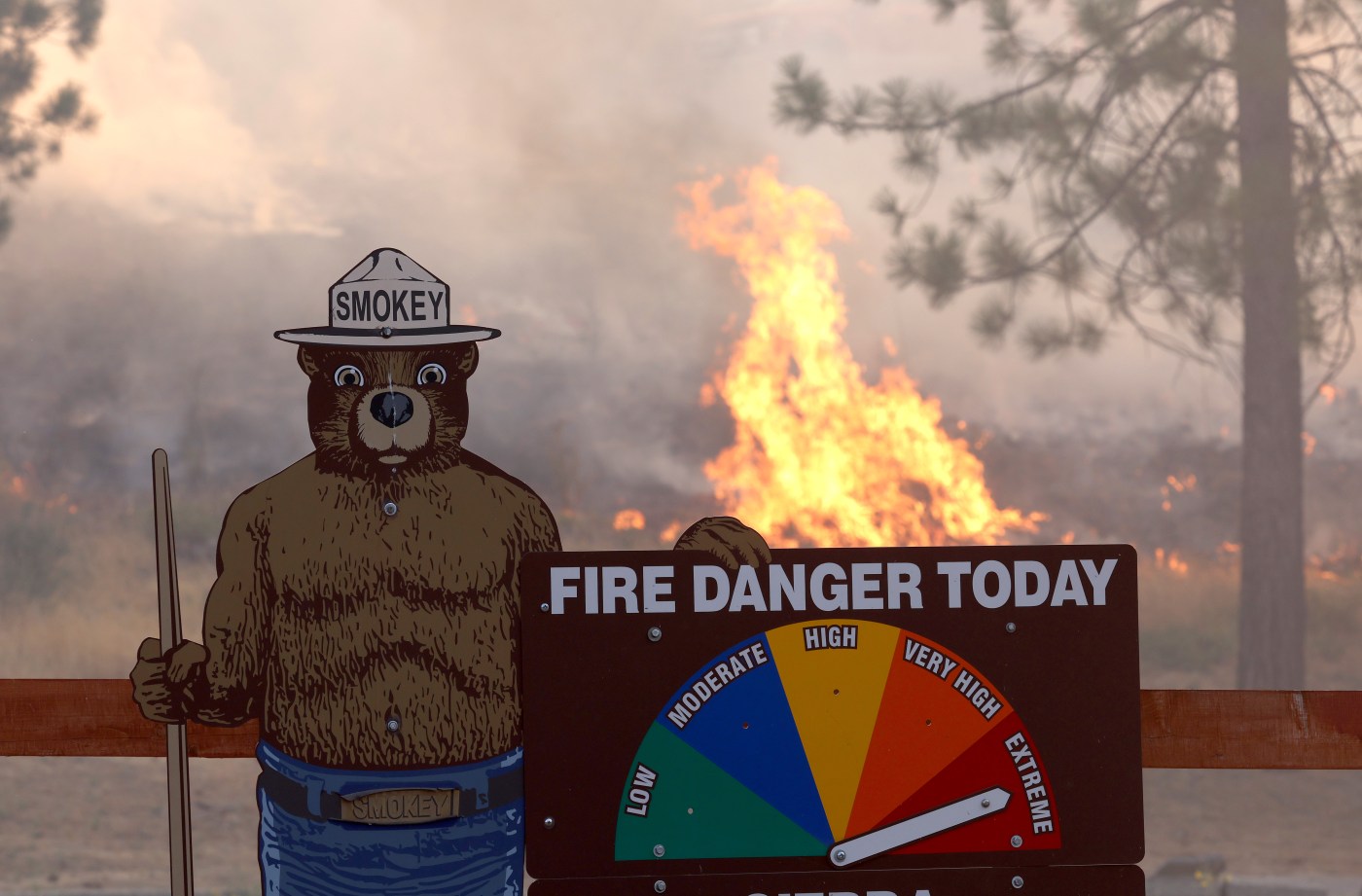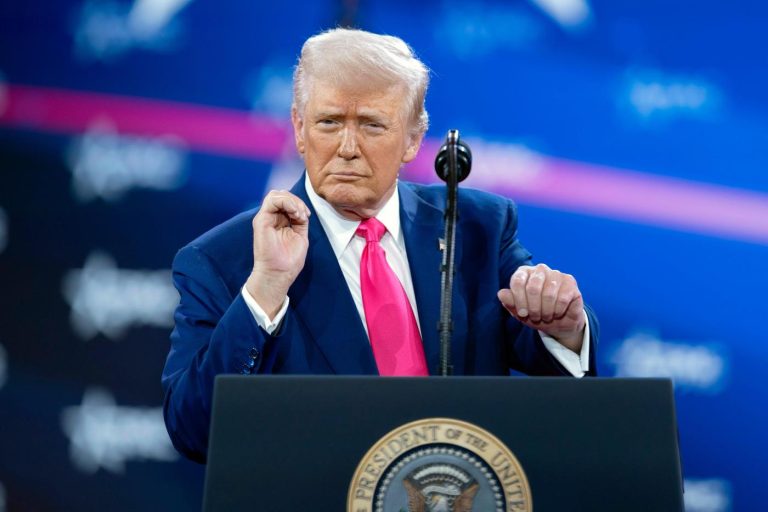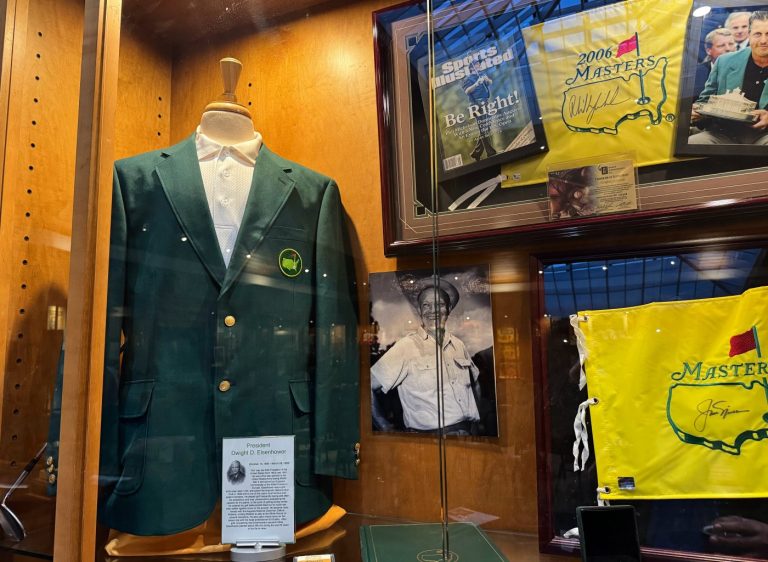Today, the Department of Agriculture’s Forest Service and other federal agencies celebrates the 80th birthday of the most potent symbol of America’s wildfire issues — Smokey Bear. Born from a public service advertising campaign, Smokey has achieved his pop culture apogee by association with Bambi in the Disney animation multiverse since the 1960s.
Smokey was at his most effective when convincing Americans that wildfires were bad, that nearly all of them were our fault and that, by our own actions, we could choose to live without wildfire. These attitudes are pervasive in American culture today, but they fail to recognize the long history of humans and good fire, as illustrated so clearly in the beneficial practices of many American Indigenous communities.
Humans have a deep history with wildfire that was positive and productive. Our earliest human ancestors evolved on the tropical savannas of eastern and southern Africa more than 5 million years ago. Tropical savannas are the most flammable biome on the planet, burning as often as twice per year. African archaeological sites also indicate domestic uses of fire by more than 1 million years ago, although the ability to start fires may not have emerged until less than 400,000 years ago. This means that prior to this time, human ancestors were dependent on natural wildfires to obtain burning plant material to start their own fires.
‘Fire-loving apes’
But our ancestral relationship to wildfire may long predate our capture of fire for domestic uses. Anthropologists studying a population of savanna chimpanzees — our evolutionary cousins — have shown that these apes are apparently unafraid of fire and actively forage for food in recently burned savanna. Anatomical changes in our ancestors around 2 million years ago — particularly in the shrinking of our teeth and guts coupled with bigger brains — had long led to speculation that cooked food had led to this biological revolution.
The absence of archaeological evidence for fire use at that time had shed doubt on this scenario until the savanna chimpanzee research; a clever hypothesis was derived from this work. Dubbed the Pyrophilic Primate Hypothesis (in other words, the “fire-loving ape” hypothesis), this model suggests that by foraging in recently burned savannas, our ancestors would have come across inadvertently cooked food — small animals, roots and tubers. It is a remarkable fact that apes prefer cooked food, so it takes only a small leap to hypothesize that our ancestors would have helped to facilitate savanna burning by moving burning fuels to start new savanna fires and increase the likelihood of encountering inadvertently cooked food. This is not an unrealistic cognitive leap. There are at least three species of birds that do precisely this in the tropical savannas of Australia — they grab burning twigs to start new fires so they can hunt along the new fire front.
It is often exceedingly difficult to identify human influences on landscape fire histories, particularly in landscapes that have abundant natural, lightning-started fire. Nevertheless, archaeologists have accumulated evidence that Middle Stone Age humans in east Africa and Middle Paleolithic Neanderthals in Germany used fire to manipulate vegetation in their surrounding environments more than 90,000 years ago. It is highly likely that human ancestors continued using fire as a land management tool ever since, including since their expansion into the Americas in the last 25,000 years.
In North America, Indigenous populations used fire for myriad purposes to shape and manage their environment to make it easier to travel and hunt, to make certain plants more abundant, as part of their farming strategies, or to reduce fire hazard among other goals. Tree ring studies have shown that Indigenous cultural burning led to forests that were less vulnerable to climate-driven wildfires. Today, vibrant programs of cultural burning are being led by Indigenous people in California and western Canada, and The Nature Conservancy hosts the Indigenous People Burning Network to support knowledge exchanges among aspiring fire practitioners in Indigenous communities.
Related Articles
Grass fire spreads to barn, abandoned buildings off Montague Expressway
Samsung is recalling 1 million stoves to prevent pets from setting your home on fire
Community leader receives support after fire destroys San Jose home, hospitalizes teenage son
Park Fire reaches 34% containment but activity expected to increase
Juvenile injured, one home a “total loss” after 3-alarm San Jose residential fire
Although lightning remained a potent source for igniting wildfires, the removal of Indigenous people from much of their homelands in the 19th century likely changed wildfire patterns, which were changed further still when settlers brought livestock, farming and logging to those Native lands. A paternalistic and colonial conservation movement then led to official efforts to remove fire from all wildlands, paving the way for the wildly successful Smokey Bear campaign.
Rebranding wildfires
By the 1970s, federal agencies starting with the National Park Service began to recognize their mistake — fire was essential for the health of many landscapes in the United States. Today, the National Cohesive Wildfire Management Strategy calls for an increase in “proactive use of fire” in recognition of the benefits of good fire. But still, Smokey Bear with his message that fire is something that we can live without persists into a ninth decade. As a meme, Smokey Bear has usurped the place for any other American cultural values associated with fire. Instead of having cultural values for the benefits that responsible fire can offer, we have only negative cultural values for fire as an avoidable hazard — we have only Smokey Bear. This is a sharp contrast with our deep history with wildfire.
If we are going to learn to live with wildfires, then we need to find a way past Smokey’s message to build new positive cultural values for good fire. Rather than reject Smokey entirely, we need a new Smokey Bear that popularizes the benefits of fire for our forests and our communities living in flammable forests — a Smokey Bear that embraces our 2 million-year history of fire. Given the goals of the National Cohesive Wildfire Management Strategy, Congress and the U.S. Forest service should make public messaging a major emphasis to change American cultural values around fire.
Who better to facilitate this than the widely popular symbol for wildfire — Smokey Bear?
Christopher Roos is an environmental archaeologist and professor of anthropology at Southern Methodist University in Dallas. In the past 20 years, he has led or contributed to interdisciplinary research on historical fire management by Indigenous communities. This column appeared in the Chicago Tribune.












